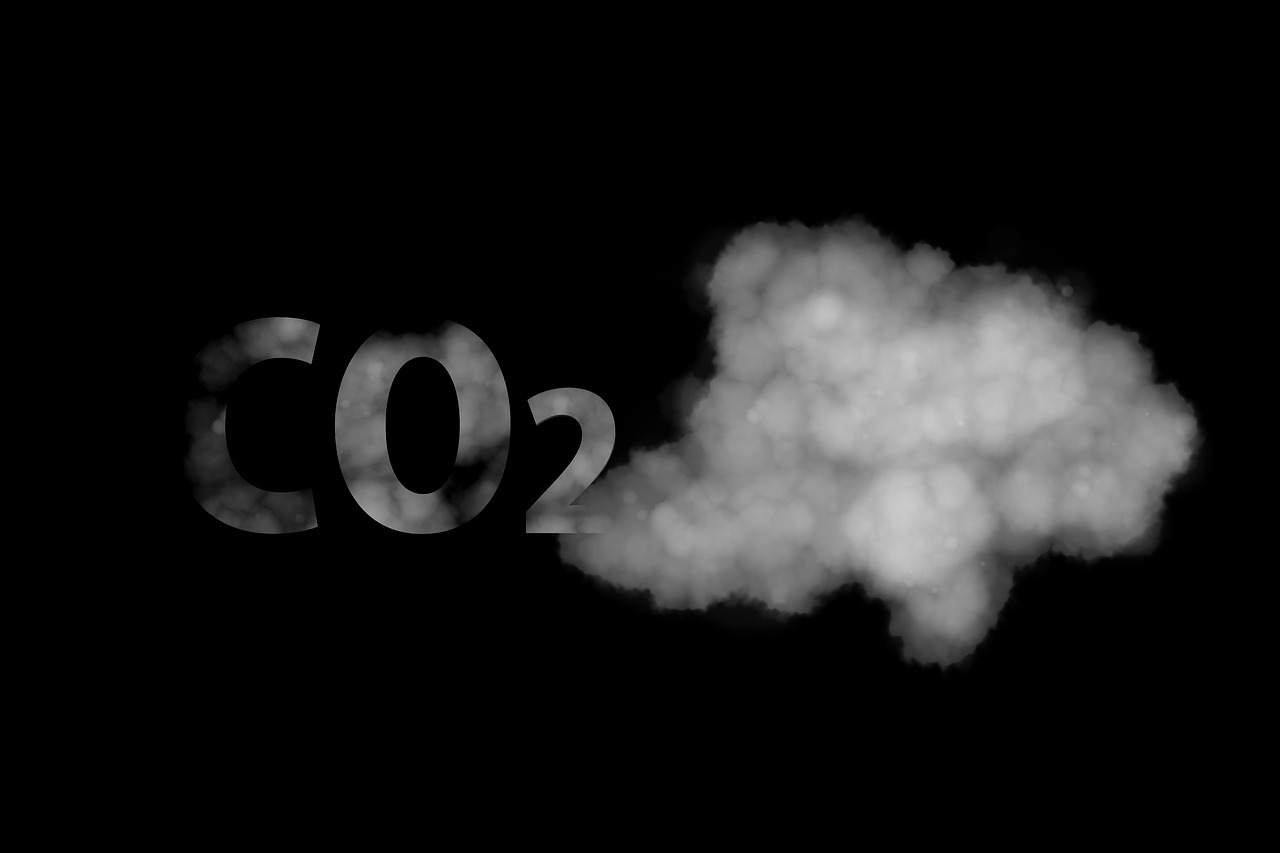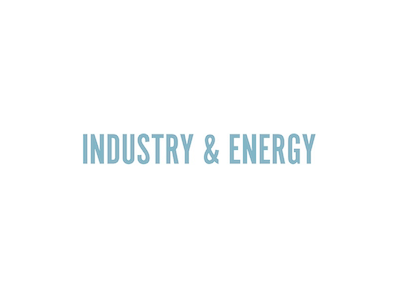France – The latest analysis by global energy experts reveals a promising trend in the fight against climate change: while total energy demand surged, carbon dioxide (CO2) emissions from the energy sector experienced a less pronounced increase in 2023, according to IEA.
The report attributes the mitigated rise in CO2 emissions to the continued expansion of renewable energy sources such as solar photovoltaic (PV) and wind power, alongside the growing adoption of nuclear power and electric vehicles. These clean energy technologies have played a crucial role in averting greater reliance on fossil fuels, thereby mitigating the impact of increased energy demand on carbon emissions.
However, the analysis also underscores the challenges posed by extreme weather events, notably the severe droughts that led to a significant shortfall in hydropower generation in key economies like China and the United States. This shortfall resulted in over 40% of the rise in CO2 emissions in 2023, as countries turned to fossil fuel alternatives to compensate for the reduced hydropower output.
Reshaping global energy
The rapid growth of clean energy technologies since 2019 has outpaced that of fossil fuels, offering a promising pathway to reduce carbon emissions and combat climate change. For instance, the deployment of wind and solar PV has already offset the need for significant coal consumption and has dampened natural gas demand, signaling a tangible shift towards cleaner energy sources.
The Clean Energy Market Monitor not only tracks the deployment of clean energy technologies but also provides valuable insights into the broader energy market dynamics. By highlighting the significant growth in clean energy deployment compared to fossil fuels, the report underscores the potential for reshaping global energy markets and accelerating the transition towards a sustainable and low-carbon future.





